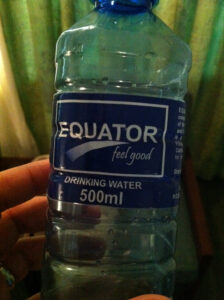
12 years ago I visited Kenya for CARE to learn about how its community savings programs were going digital. The groups save money together and make loans to members of the group to buy things like seeds, tools, or to make school tuition payments that come due before the harvest. Before the harvest is when farm families often have the least amount of money. The repayment rate for these loans, with interest, is near 100%.
CARE’s community savings groups worked so well that by the turn of the last decade success spawned a problem in some communities: too much cash. The savings groups members didn’t like that months of their savings sat in a locked metal box. They were worried a boxful of cash would tempt thieves.
The English speaking members of the groups in Kenya I spoke to referred to the problem of having too much cash as excess liquidity. Their solution to excess liquidity was improvised and ingenious. They’d started taking their cash to local shop owners who operated M-Pesa terminals. M-Pesa was (and is) a mobile phone-based payments system. Users load their accounts with cash to send electronic payments to other M-Pesa users. It’s like Venmo, PayPal or Cash app, but it was 1) all done by SMS on pre-smart mobile phones 2) and it was happening a decade before mobile payments took off in the U.S.
The groups I visited were in small towns, 2-3 hour drives from my hotel. During one long drive I asked the CARE Kenya co-worker driving me if we could stop somewhere with a restroom. “I have excess liquidity,” I said.
12 years later I still say “excess liquidity” to myself when I have to pee, but never aloud because in the time it would take to explain I’d wet myself.

